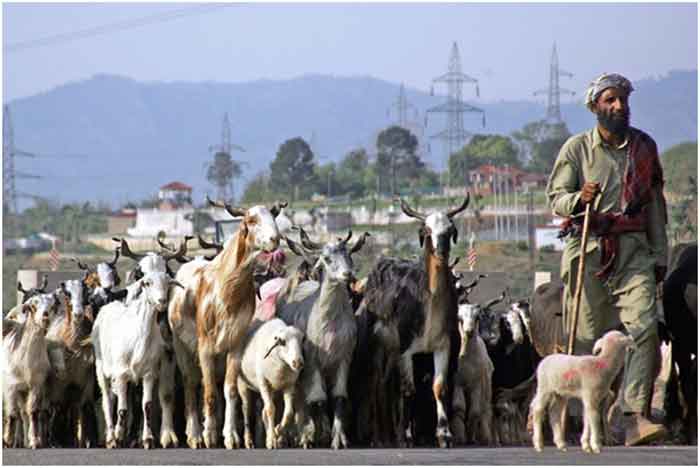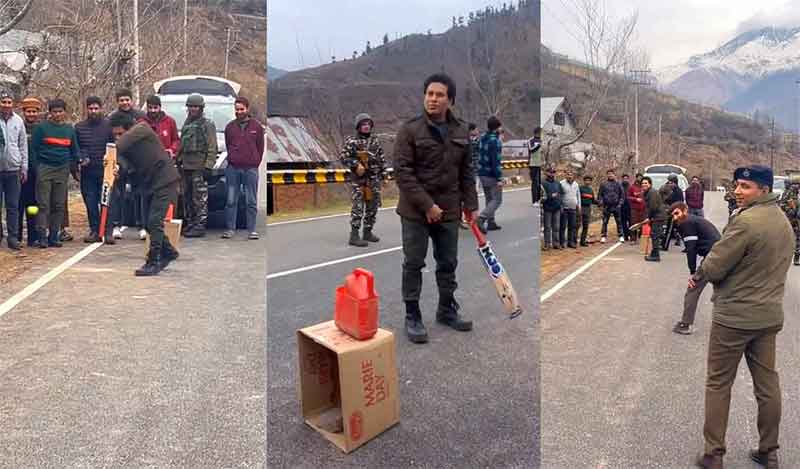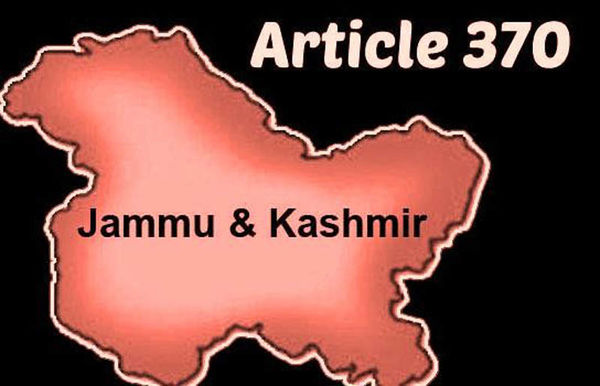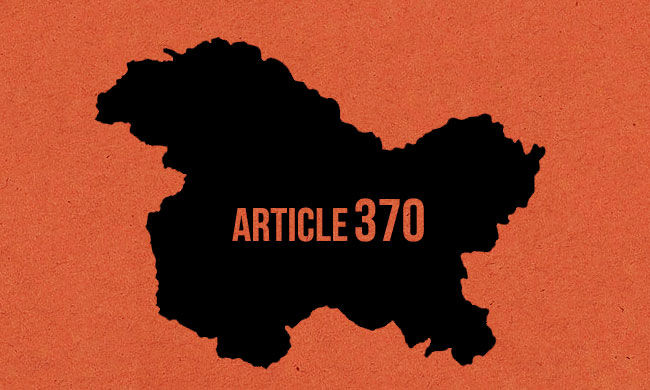
“Agar firdaus bar roo-e zameen ast/ Hameen ast-o hameen ast-o hameen ast!” (If there is a paradise on earth/ It is this, it is this, it is this!”) When Amir Khusrau, the famous Sufi poet of 13th century lavished his praise on Kashmir with this Farsi couplet, he would never have anticipated a day that centuries after befall the same land, when its beauty would become a curse, choking it to a slow death. The land legendary for its scenic beauty and its people for a uniquely rich culture has been witnessing tragedy unfolding since decades in the form of militancy and series of war between India and Pakistan. Despite every attack on its identity, what made Kashmir stand strong was the special status it enjoyed under articles 370 and 35 A of the Indian constitution.
However this last bulwark of remaining sovereignty too fell down with the Indian government abrogating these two articles on the 5th of August 2019. All the constitutional safeguards were withdrawn and the state of Jammu and Kashmir was bifurcated into two Union Territories of Jammu& Kashmir and Ladakh, placing them directly under the Union government of India. Post this development, what the valley has been witnessing is a total siege by the military and paramilitary forces, sending out chilling stories of human rights violations and excessive centralization of the socio political environment. This colonial experimentation within the Indian territory is taking a new shift everyday with the rollback of numerous legislations that the previous governments of J & K has brought in, and replacing the same with the Indian laws. Most recent casualty in this context is the forest and land use laws.
As per statistical records, the newly carved out UT of J&K has around 48% of its geographical area covered under the forests. Of this Kashmir region has 40.17% and Jammu region has 59.64% area under the forest cover. Also as per the biennial “Indian State of Forest Report-2019”, the forests of J& K have recorded the highest growing stock of wood per unit area. These lands were governed under the Jammu & Kashmir Forest Act of 1987. In fact this is the only state-specific Forest/Wildlife act or rule that existed in the UTs. The UT has a Forest Protection Force also to assist the Department in enforcing the forest laws on the ground and protection of forests and wildlife. Also under the Jammu and Kashmir Forest (Conservation) Act, 1997, J&K has its own Forest Advisory Committee. This law also stipulates that any kind of forest land diversion should take place only after the resolution of cabinet, based on the recommendation of FAC.
Status post 370 Abrogation
Since the revocation of special status, there have been media reports regarding the diversion of forest land for non forest purposes. Between August and October 2019, the J&K FAC has given clearances to 125 projects involving diversion of forest land. Also in 2019, following the Oct 31st presidential assent for the ‘Jammu and Kashmir Reorganization of States Act’ forest clearance process has been shifted to Chandigarh, the regional office of the Union Ministry of Environment, Forest and Climate Change (MoEF&CC). It has also been reported that approval for diverting forest land measuring 727 hectares has been given in a short period, with 198 projects approved over one month. In comparison, in 2018, 97 projects involving diversion of forest land were cleared over 12 months. This is in addition to the forest land that has been kept under the direct use of military and paramilitary forces, which would account for about 54500 hectares (since Oct 2019).
Now one cannot view this saga of rapid clearances for forest land diversion in isolation, just under the pretext of developmental or employment generation agenda especially when allegations are being raised against the government’s dubious intentions to change the demography of the region. Along with the twisting and bending of laws, it is also imperative to look at the forceful evictions the forest department under the Union government is undertaking in the tribal regions of J & K. According to the 2011 census, Scheduled Tribes account for around 12% of the population. Of them, majority are nomadic pastoralists like Gujjars and Bakarwals who come down to the valley in winters with their livestock and go back to the mountains in summers in search of grazing lands. Most of them don’t possess any land of their own, but are living in the deep forests for generations. Ranging in number of 8 to 9 lakh, these people settle down in Dokas (mud sheds) in summer, and now the forest department has started evicting them from the settlements alleging encroachment on government land.
In November 2020, videos surfaced in which officials were seen burning nomadic huts in Pahalgam, and forest areas of South Kashmir. Reports also came up in December 2020, of forest officials chopping down thousands of apple trees in Budgam region, resembling the Israeli crackdown on Palestinian olive farmers in West Bank. These orchards were supposedly on forest lands, allegedly encroached by the nomadic tribes settled in villages. The official response to this highly controversial move is that, they are following the J& K High Court order that declared the ‘Roshni Act’ unconstitutional. Under this act the erstwhile J& K state allowed ownership of state land to illegal encroachers with the aim of raising money for power projects upon payment of a sum to be determined by the government. However, the scheme ran into controversy with CAG finding out anomalies in land allocation to powerful land grabbers. Following the court order and developments post 370 abrogation, the J&K government voided all land dealing under the Act and gave itself six months to retrieve all the land transferred under the scheme. Following this, in the first week of December, the Jammu and Kashmir Committee on Forest Encroachments published a list of “encroachers”, which claims that more than 63,000 people are illegally occupying 15,000 hectares of forest land.
Questions of Life and Livelihood
The forceful displacement of Gujjars and Bakrwals from the forest land, and the destruction of their livelihood means are raising a plethora of questions. First, how these tribals who seldom have any paper to show the validity of their possession of land are going to sustain? Second, in the absence of implementation of Forest Rights Acts of 2006 in J& K, what safeguards do the evicted people legally, socially and politically? Third, what are the alternatives for rehabilitation of such a huge population, who never bothered to live a mainstream life as dictated by the rules and regulations of the government? Fourth, with the Union government planning to allow outsiders to buy land and promote business and industries in the UT and the demography of the region changing subsequently, isn’t Kashmir prone to witness more conflict and bloodshed?
It is pertinent that these questions need to be answered with much integrity and transparency as it deserves. The democratic Indian government of 21st century cannot and should not be acting like primitive colonizers, or their British counterparts in robbing off the indigenous communities their life and livelihood options. Forced industrialization by land grabbing, and promoting so called development without taking the opinion of inhabitants on account is sure to backfire. The centralization of Kashmir forests shouldn’t be another reason for further traumatization of generations of Kashmiris.
Lekshmi Sujatha is an independent writer
SIGN UP FOR COUNTERCURRENTS DAILY NEWSLETTER















































